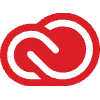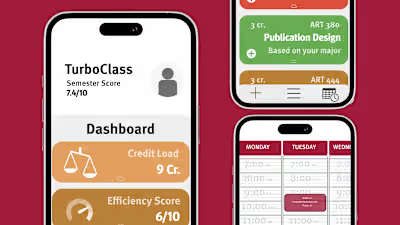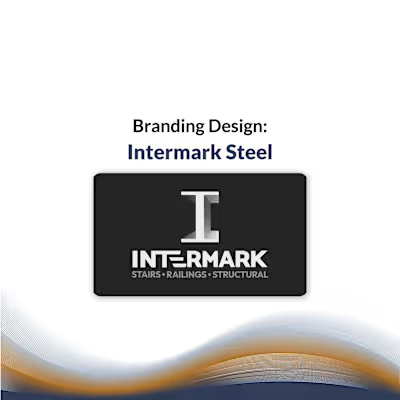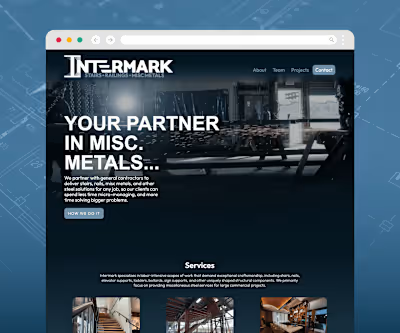Minimum Viable to Minimum Desirable
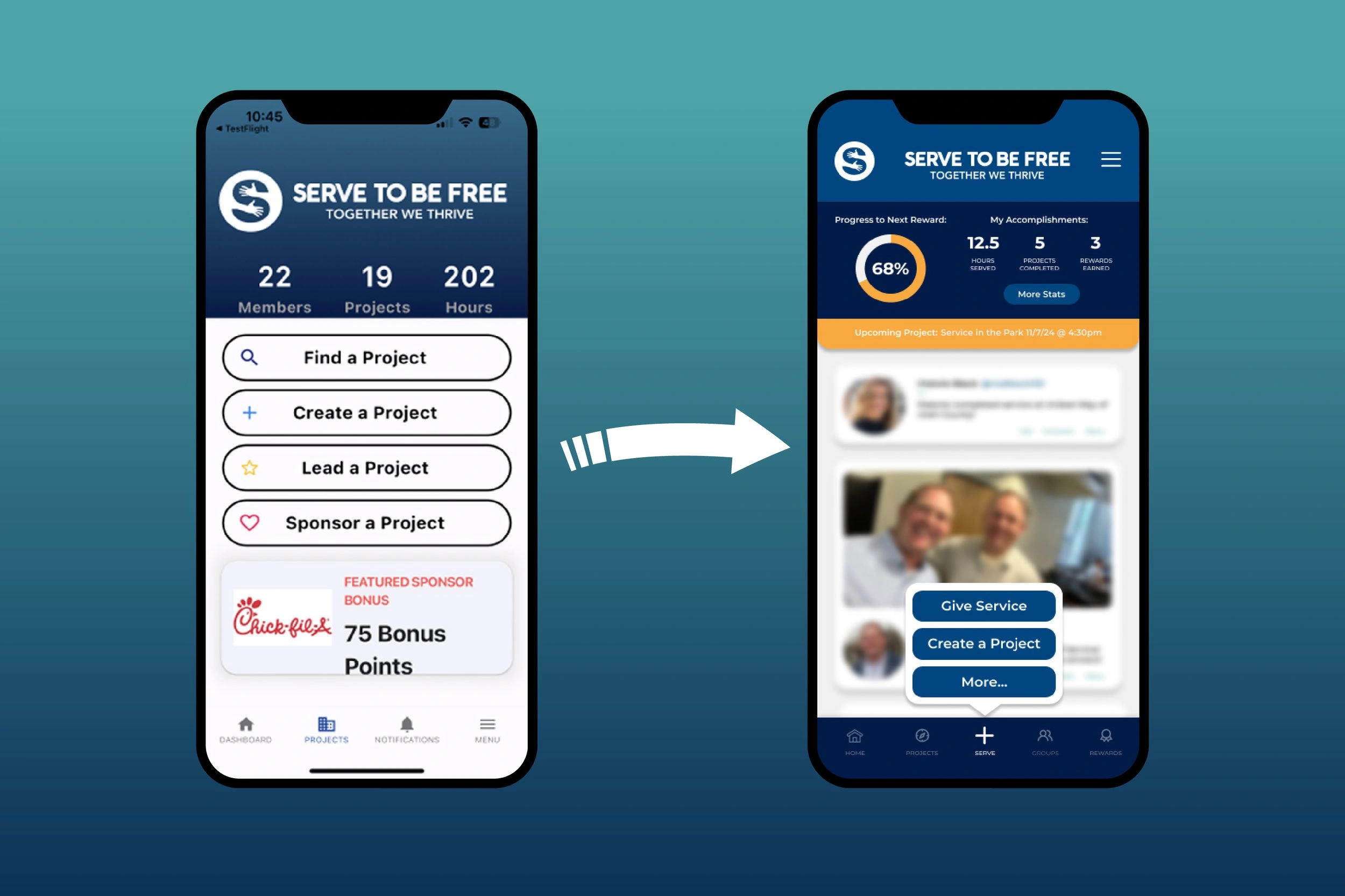
Summary:
My Role: UX Consultant
Client: Serve to be Free LLC
Timeline: 09/2024 - Present
Services Provided: #UX Auditing, #Wireframing, #Information Architecture, #Consultation
The non-profit group, Serve to be Free, had just created their first MVP, but were nervous about bringing their app to market due to lack of user friendly design.
I spearheaded the app's redesign process, collaborating with cross-functional teams to implement innovative solutions that streamlined user interactions and increased overall efficiency.
While the project is still in development, I have continued to work closely with the tech team to ensure design solutions met product scope and timelines, enhancing user satisfaction and aligning with business goals.
The scope of this case study is a singular user flow, developed over a two-week sprint.
Problem
Serve to be Free is a non-profit SaaS Startup focused on enhancing engagement in service projects through 1) rewarding service activities and 2) creating a social network centered around service. While the initial MVP is functional, it is in need of usability and aesthetic improvements. With only a handful of users currently testing the MVP and a small amount of user feedback, the challenge is to utilize Lean UX methodologies to make as many meaningful improvements as possible without direct user feedback.
Challenges
The primary problem I set out to solve was:
How might I utilize Lean UX Methodologies (limited scope, research, and timeframe) to transform an MVP (Minimum Viable Product) into an MDP (Minimum Desirable Product
With little time before our desired launch date, I decided to limit my scope to making the current app more user friendly rather than focusing on researching for adding new features etc.
Solution:
Ideation Process: Begin at Home
I decided the first area to focus on would be the dashboard, as it would be the most used screen. I wanted to keep a similar architecture to the existing app (to avoid unnecessary technical complications) but to introduce an easier user flow for finding a project.
Streamlining this process led to a design decision that will inform the rest of the product: Creating a collapsible dashboard at the top of the screen that displays useful info such as point totals and progress toward selected rewards. This meant that the main components for the Home Screen would simply be the Social media feed and the collapsible dashboard.
My goal of simplifying the “add a project” user flow also involved moving the feature from the main screen to the bottom navigation. I also opted for simplifying the list of options, reducing it from 4 options to two. Additionally, I added a search feature with filter/sort capabilities. Lastly, I wanted to simplify the project cards and make them expandable.
The following Hi-Fidelity wireframes reflect my primary contribution to this project. They show a far-more-simplified user flow to find a project, as well as the above listed functionalities. They also utilize the existing branding and color scheme in a much more visually pleasing package.
Outcomes and Next Steps:
Outcomes:
While the app is still in development and user testing is still a ways off, there have been some immediate realizations regarding my collaboration and contributions to this product:
Increased stakeholder allignment: The CEO and early investors unanimously favor the new direction and aesthetics.
Team Allignment: The technical team and product manager are now in far better allignment thanks largely to my contributions.
Clearer Vision: The way forward is clearer, with a solid product roadmap and feature backlog.
Next Steps:
While a key user flow has been defined and documented, many other flows remain and are currently in development. For primary users (volunteers) these include:
Sign up and onboarding
Create a project
Event check-in/out
Redeem points/Merchant Catalog
For other user types (project leaders and owners, vendors etc.) more complex problems remain, such as:
Creating an online marketplace
managing events/users
creating/editing groups
loading/editing point values for rewards
In conclusion, there is still much to be done but my initial approach of using Lean UX methodology seems to be a success.
Like this project
Posted Mar 27, 2025
Serve to be Free: MVP to MDP Utilizing lean UX principles and best practices in design to create a platform for gamifying and rewarding service projects.`
Likes
0
Views
6
Timeline
Sep 25, 2024 - Oct 9, 2024

